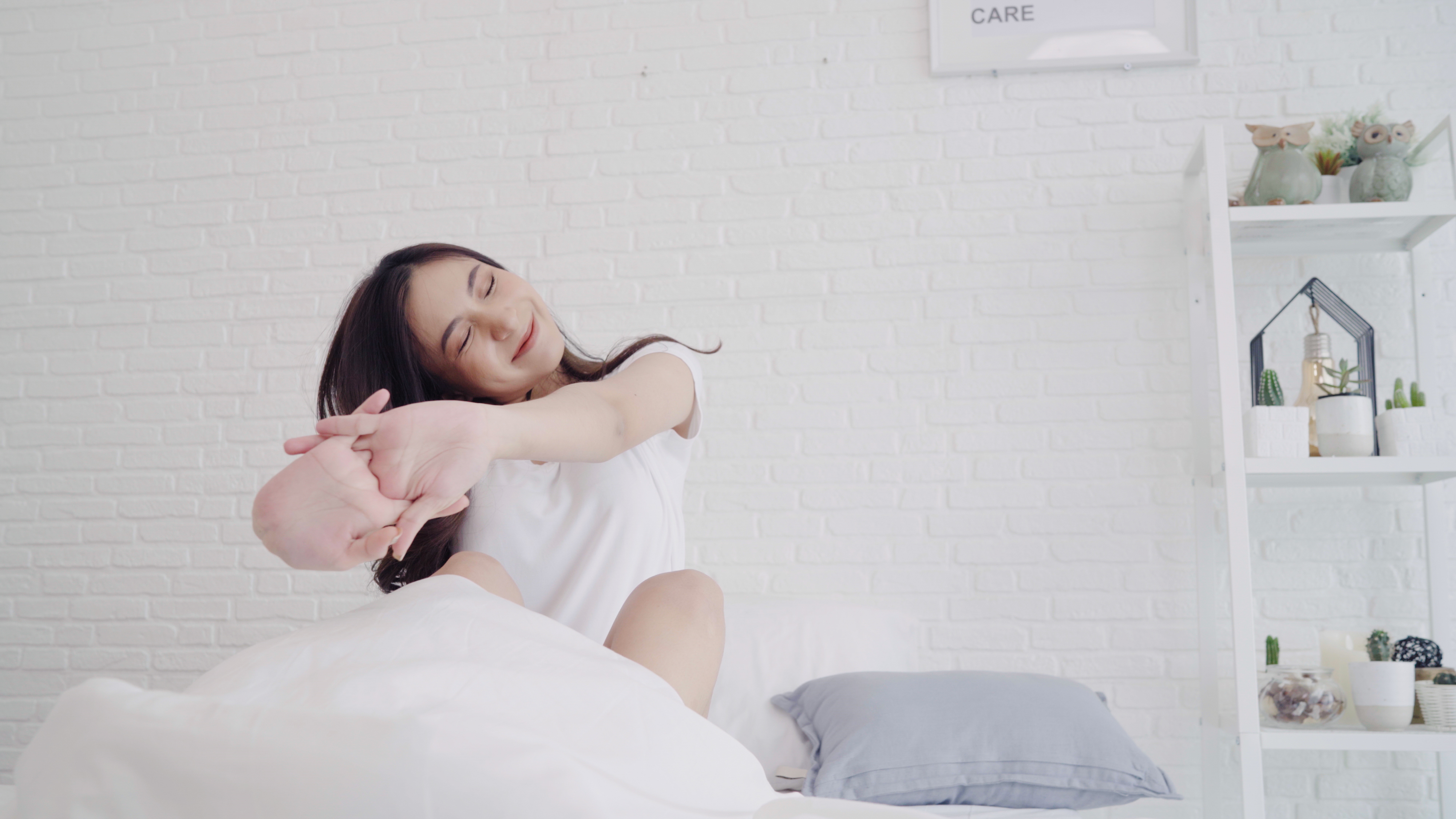Back to list
2021-02-20 17:07:41
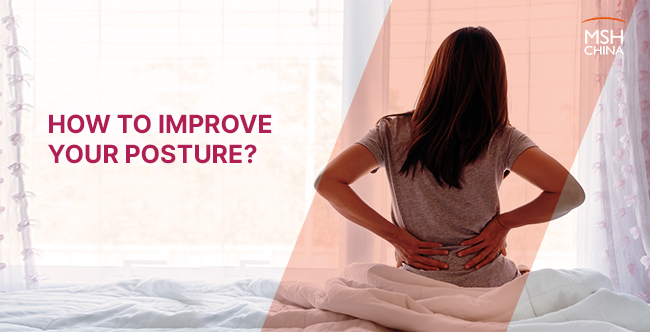
Good posture is more than just standing up correctly to contribute to a good appearance. It’s an integral part of your wellbeing in the long run. It can avoid discomfort, fractures, and other health issues by making sure that you hold your body the right way, whether you are moving or still.
But how can I be sure that I am standing up correctly?
The
Orthopaedics & Sports Medicine department of Jiahui International Hospital (嘉会国际医院) helps patients
suffering from bad posture. Through an entire investigation on how the body is
moving and functioning, their postural assessments check how well the muscles
and joints are working together and if there are any imbalances or
abnormalities to be corrected.

Dr.
Allen WU and Eric HSU kindly agreed to answer few questions for MSH China.

Dr. Allen WU
Orthopedics & Sports Medicine

Dr. Eric HSU
Rehabilitation
What
is posture?
Posture is the position in which someone holds their
body when standing, sitting or lying down. Postural assessments look at your
static posture to see if there are any imbalances that could cause or are
causing pain and discomfort.
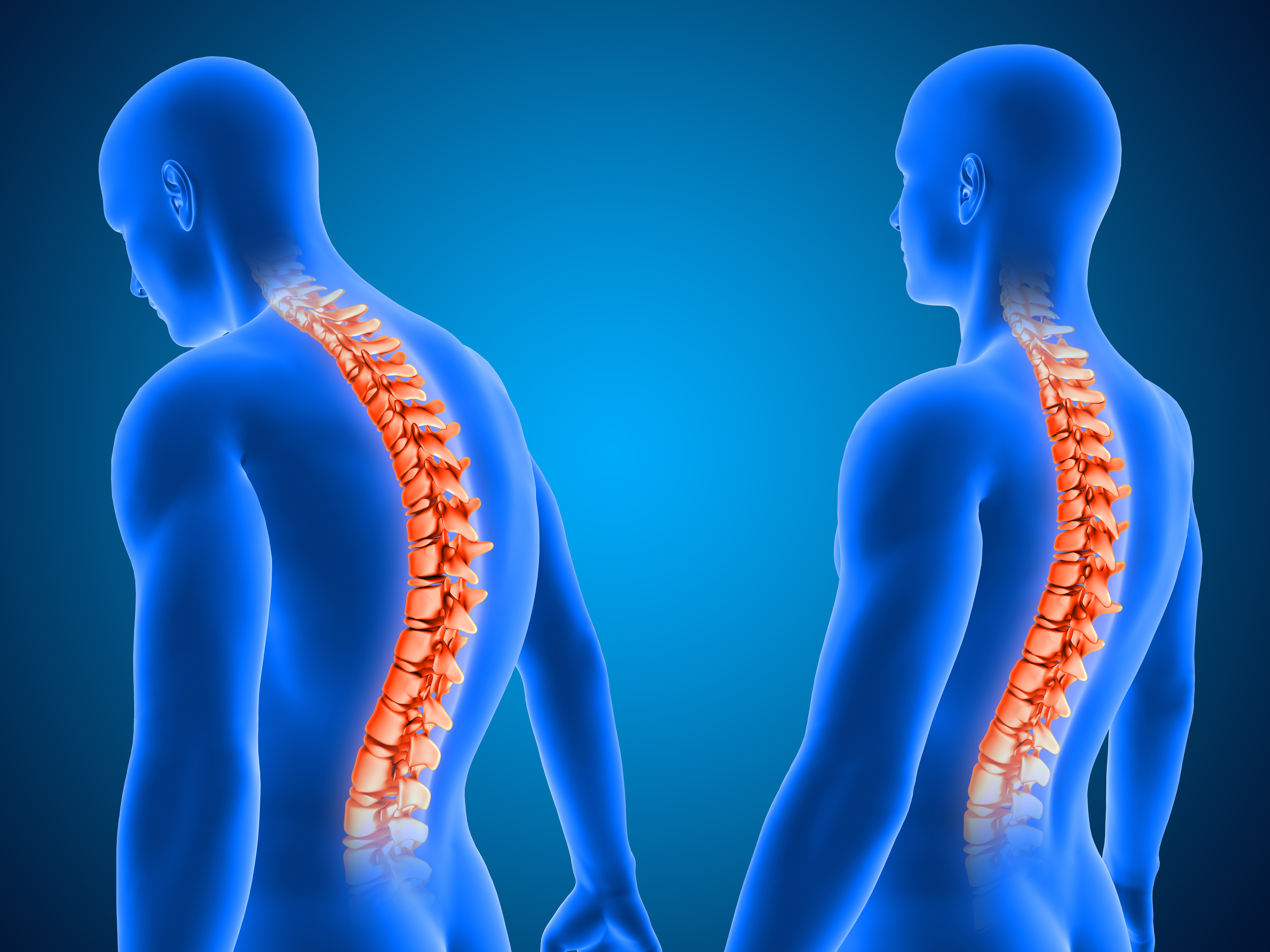
How
does posture affect health?
The body functions at its best when it is in correct
posture. When the body is in correct postural alignment, it moves and
distributes weight evenly and appropriately allowing the muscles, joints and
spine to work together to help us move effortlessly. If something is out of
alignment, then injury and pain can occur.
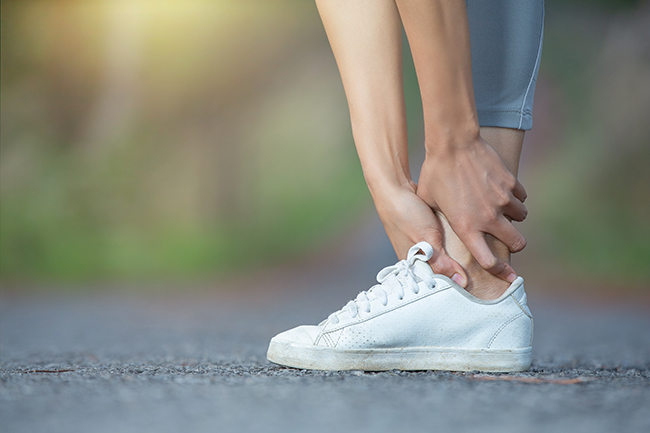
Some disease is related to recurring or overuse injury
to the lower limbs including;
- Achilles tendinopathy (pain, stiffness,
and swelling of the Achilles tendon)
- Patella-femoral pain (knee pain)
- plantar fasciitis (foot pain)
How
can I improve my posture?
Posture is how you sit or stand. It means your body is
positioned correctly and the weight is evenly balanced so that the skeleton,
muscles and ligaments aren’t overstretched or strained. Good posture makes sure your spine has three curves and the muscles on
each side of the spine are strong and well balanced.
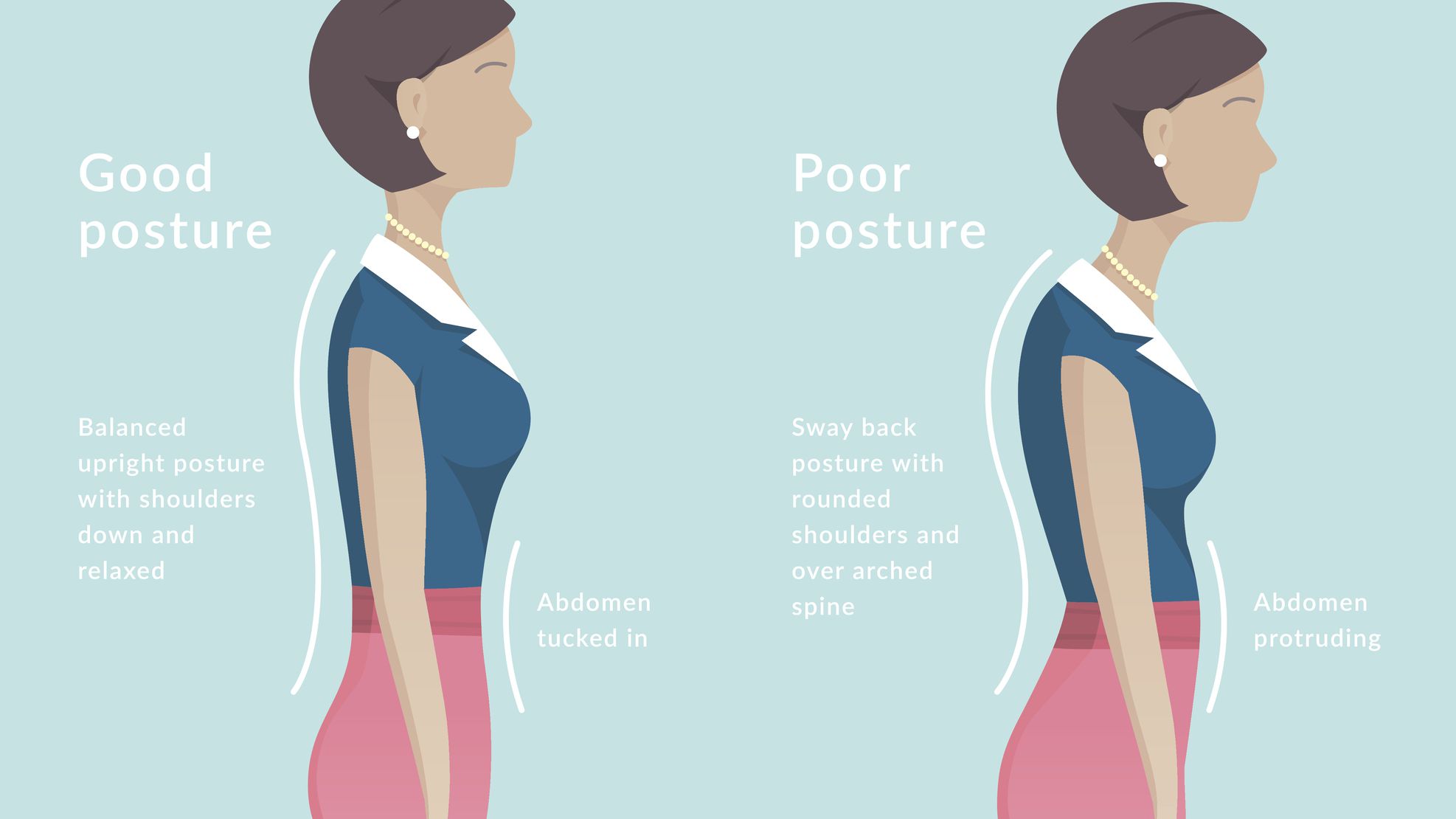
Good posture doesn’t mean standing stiff to attention.
It means you are loose and flexible with:
- Your back straight
- Your head up, chin in and looking straight
ahead
- Your tummy in
- Your weight balanced evenly on your two
feet
- Your knees straight
- Make sure you are relaxed and keep
breathing
When
you are sitting, your back should be against the back of the chair and your
knees should make a right angle, with your feet on the floor. It’s important
not to cross your legs. Meanwhile, we can do target exercise to strengthen
certain muscle group.
How
do you fix a bad posture?
During an assessment, we will look at the overall
alignment of the lower limbs both statically and dynamically. We will test
ranges of movement and will carry out further tests to identify any areas of
weakness and stiffness.
By assessing movement and posture we are able to
evaluate and address the corrections needed through simple lifestyle changes,
stretching and strengthening exercises. Treatment plans are bespoke and will
vary depending on the results of the assessment. Our rehab team will suggest
treatments and/or exercises for the patient based on the findings during the
session. These will be discussed thoroughly with him/her.
The
benefits of achieving good posture
-
Keeps bones and joints in the
correct alignment so that muscles are being used properly.
-
Helps decrease the abnormal
wearing of joint surfaces that could result in arthritis.
-
Decreases the stress on the ligaments
holding the joints of the spine together.
-
Prevents the spine from
becoming fixed in abnormal positions.
-
Prevents fatigue because
muscles are being used more efficiently, allowing the body to use less energy.
-
Prevents strain or overuse
problems.
-
Prevents back pain and
muscular pain.
-
Contributes to a good
appearance.
-
muscle lengthening and
increased flexibility
-
improving
proprioception/balance and weight transference
-
improving core stability and
muscle balance around the pelvis
